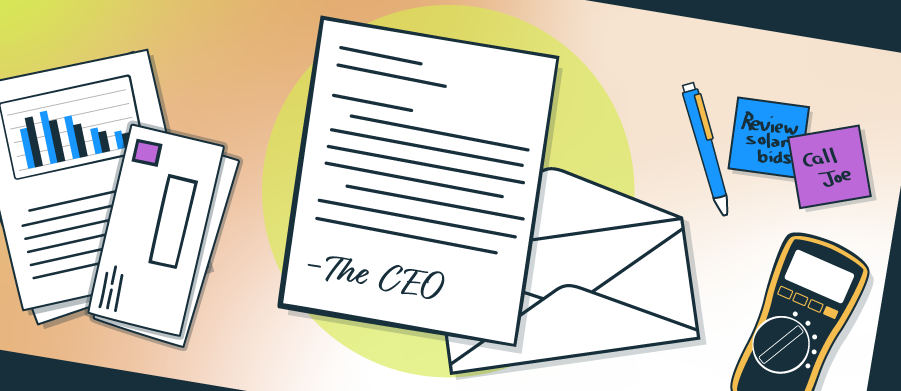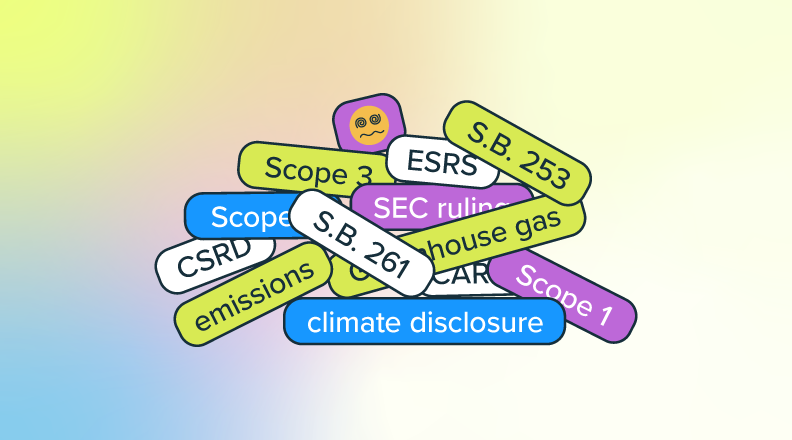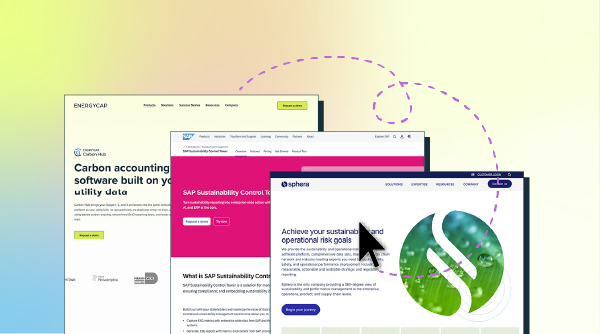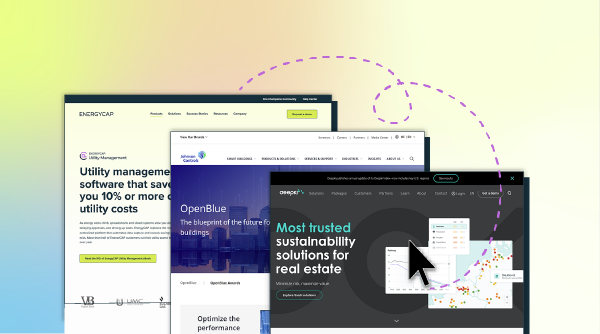To an engineer, accruals are an accounting exercise that doesn’t really add anything to the energy management picture, so they can be hard to love. But for those in accounting departments and those dealing with utility budgets, accruals are very important and necessary.
What is an accrual?
An accrual is basically a gap-filling estimate that is necessary to complete an accounting period, so we can close out an accounting period with a utility expense in every daily slot of the accounting period.
Here’s a scenario: our organization has multiple accounts representing utility bills and utility meters, and the end of an accounting period is approaching. The problem is that oftentimes when we get to the end of the accounting period, we have a gap between the utility vendor’s meter read date (i.e., the end date of utility bills) and the end of the accounting period. You can’t control when your utility vendors read the meters.
Typically, utility companies read meters based upon a meter reading route that is based upon certain zones or certain districts. You can’t just call a utility company and say, “Can you read my meter on the 21st instead of on the 13th?” With the advent of smart meters, we might see more of the ability to select your own meter reading and billing date, but today we’re kind of stuck with whatever our utility vendors do for us. So, you are getting ready to close out the accounting period and find this jagged ending to your various utility accounts that leave gaps in the accounting record.
In what scenario are accruals used?
Accruals are most frequently used by for-profit businesses that have very structured fiscal period profit and loss statements. These are organizations that, for various reasons, need to produce a P&L at the end of every accounting period.
Accruals are frequently employed, for example, at retail organizations where the store manager’s bonus is based upon the profit loss statement for the end of each financial period. We know for the entire fiscal period what the rent or lease amount was. We know what the salary and benefits expenses were. And we know what marketing expenses were. But when the electric bill ended 15 days before the end of the end of the accounting period, and we won’t even see the utility bill that includes those 15 days for another two weeks, we need to fill in that gap with an expense estimate so we can complete the P&L statement for the organization. Accruals provide a more accurate close at the end of each fiscal period.
Some organizations, universities for instance, don’t really care about the individual month, but they do care about the end of the fiscal year. A lot of nonprofit organizations are on fund accounting. Government would also be a good example on fund accounting.
You frequently hear the expression, “Use it or lose it.” Let’s say the end of the fiscal year is June 30. We don’t want to lose unexpended funds on July first because they weren’t used, when, in reality, a utility bill is going to be received on July 14th that’s going to include 15 days from June. We would like to set that 15 days of electric bill aside at the end of June so we have the funds in that fiscal year’s money and can spend it when the bill comes in.
Method 1: Average Daily Cost
There are three common methods for creating utility bill accruals. The first one is what we call the “simple cost-per-day,” using the most recent bill. As the name implies, we get our most recent utility bill—the one that just came in the door maybe a week ago—and we calculate the average daily cost (ADC) from that utility bill.
The bill just received, for instance, was running at $1,000 a day in the most recent billing period, and we simply multiply the average daily cost times the number of days in the accrual gap. It is a simple calculation that yields a reasonable value for accrual cost. Note that this method doesn’t give us a usage value for accrual, but it gives us a reasonable accrual cost. You also need to be aware of seasonality.
If this is an account that is steady throughout the year, then the ADC you calculated is probably a very close estimate. But if your electric bills in the summer are much higher than they are in the winter, as you’re moving from winter to summer by looking back a month, you’re looking at a bill that is coming out of the low period and projecting it forward into a higher period. So, you might be under-accruing. And on the other side of the season, you’re looking back at an expensive summer high air-conditioning bill and projecting that forward into a period that’s more mild, so you’re over-accruing. Of course, if you over-accrue expense, you’re going to underestimate the calculated profit and vice versa at the other time of the year. Seasonality is sometimes a concern using the simple ADC method.











